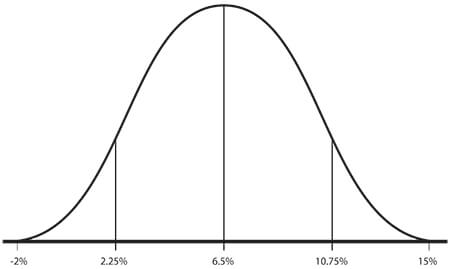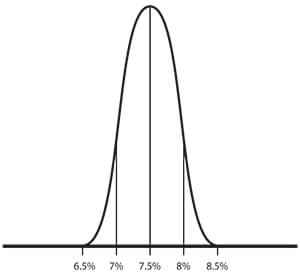Advisors don’t want to talk about cheaper alternatives
If your advisor won't talk about passive investment options, then maybe it's time for a second opinion
Advertisement
If your advisor won't talk about passive investment options, then maybe it's time for a second opinion


Share this article Share on Facebook Share on Twitter Share on Linkedin Share on Reddit Share on Email